What an incredible day! Our first annual Customer Love Summit was a huge success. There were 20 speakers, four attendee networking sessions, a beautiful day with a gorgeous view, and amazing food and swag as icing on the cake.
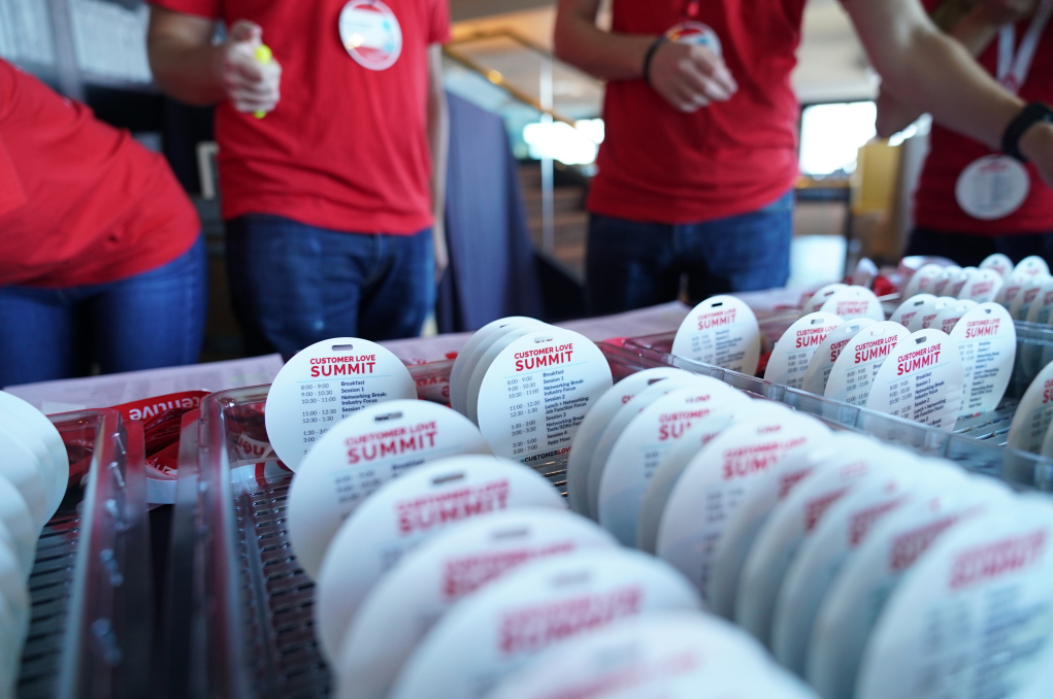
The Customer Love Summit was special. I learned a ton about how mobile engagement is shaping businesses of all sizes, and what the future holds for mobile customers. We were lucky to bring together incredible speakers and attendees who are some of the best in the business at our Summit, and today, I’d like to share what I learned from them with you.
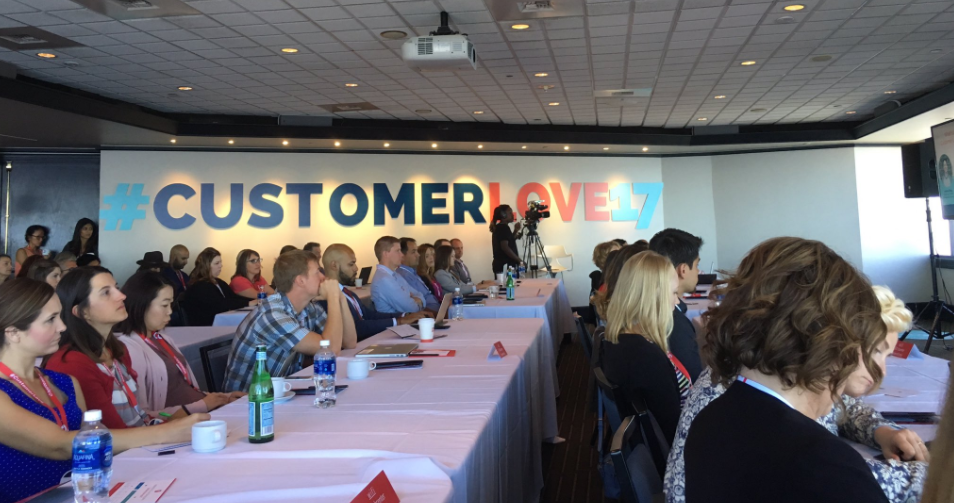
{Editor’s note: We’ll have all of the videos from the Summit live on our YouTube channel in the next couple of weeks, along with featured content from some of the day’s best talks on our blog. Stay tuned!]
1. Understanding customers is key
Customers have an endless amount of choice as to where they spend their dollars. The only real differentiator is delivering an exceptional customer experience.
In the words of Alchemer Mobile (formerly Apptentive) CEO Robi Ganguly, “Customers have a voice and are mobile in choice. They are one-click away from competitors, if brands don’t provide an excellent experience.” Therefore, understanding how your customers feel is the secret weapon in your arsenal.
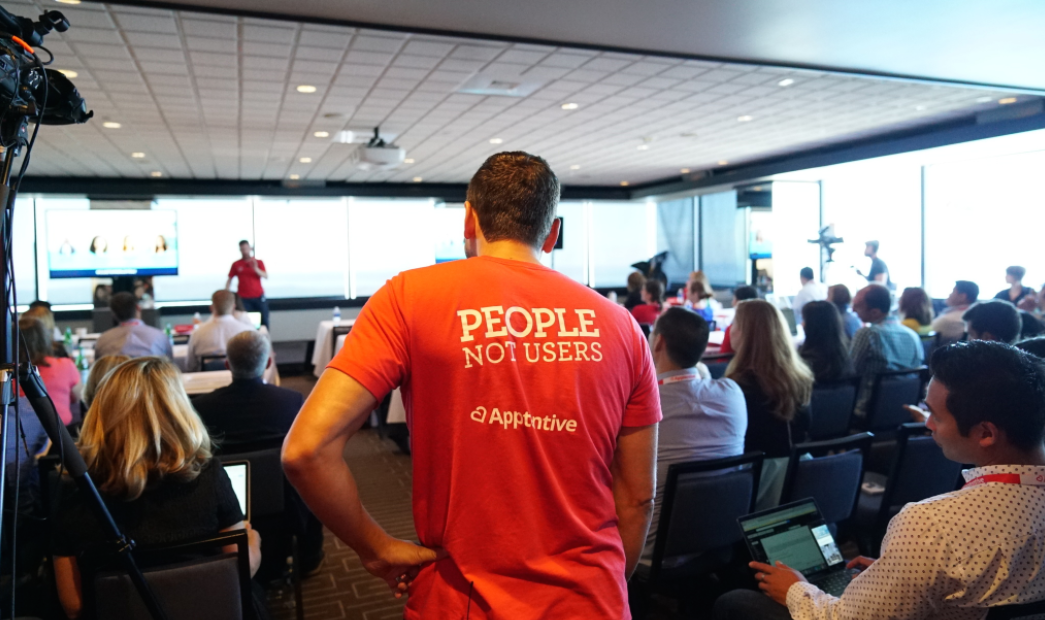
For Brooks Goldade of Buffalo Wild Wings, the key to understanding your customer is to learn who they are, what they want, and create personas that represent your target customer (or in the case of Buffalo Wild Wings, your target “fans”).The restaurant heritage IS customer experience. Brooks shared that the number one irritant of restaurant customers is service (food comes in fifth!). He shared the concept that “digital has a way of flattening things, which makes it hard to differentiate, but with mobile, you can stand out through feedback.” By listening to customers via their app, the Buffalo Wild Wings team can understand customer needs and fix pain points. One example Brooks shared was that using this formula helped his team move very quickly when customers found a bug in the payment system. Customers shared the problem during lunchtime, the BWW team rallied around the feedback, and put out a fix to save the dinner rush. Pretty impressive!
2. Customer feedback should drive your product roadmap (or, if you’re not listening, now’s the time)
“The customer voice is the best voice,” according to Lisa Hillman of T-Mobile. In their move to become the Uncarrier and obsession with the customer, they listen to the customer everywhere, even in places like Reddit. Lisa finds that customer service reps know the customer best, because they are on the front lines. She “collects customer feedback to get new ideas and to learn about problems we didn’t know existed.”
When it comes to collecting feedback, James Meeks of JCPenney wants the “good, bad, ugly. We want to know it. The customer drives our product roadmap.” For him, “Not all feedback you get from your customers is going to be beneficial but you need to give them the platform.” My favorite takeaway, is James’ recommendation to change the motto “always be closing” to “always be listening.”
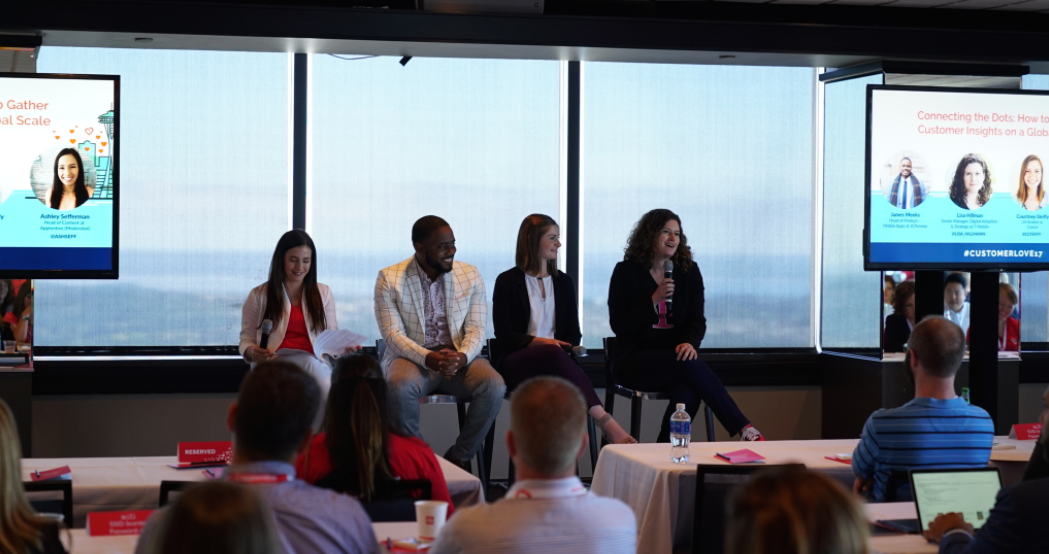
Courtney Steffy of Concur shared that her team is focused on being proactive versus reactive. For their team, it’s not enough to wait and listen to feedback, they want to proactively involve users, and then make the data visible across the organization so that the team can make customer savvy decisions.
A pro tip from Erika Englesby of Providence Health (formerly of Nordstrom and Starbucks) is the first thing she does is implement forced upgrade in her apps. That way, if they learn from customer feedback that they released a major bug or removed a loved feature, they can quickly release a fix and users will be upgraded to the fixed app version.
3. Be UX-focused
Heads nodded profusely when Vasantha Kostojohn of Allrecipes shared a quote: “Your strategy is fought on the battlefield of UX.” It doesn’t matter how great your app’s offerings are if mobile customers get trapped in a confusing experience. If customers can’t use your app intuitively and delightfully, they’ll eventually go somewhere else to accomplish the same goal.
Erika Englesby of Providence Health cautioned that we must treat Android and iOS users differently. “They are very different demographics and they use apps differently.” We must keep this in mind, which can’t be done by building a one-size-fits-all app. In the same regard, Andrew Wang from Gap shared that the team decided to “move from building a hybrid app to building native apps in order to better meet the needs of their customers by platform.”
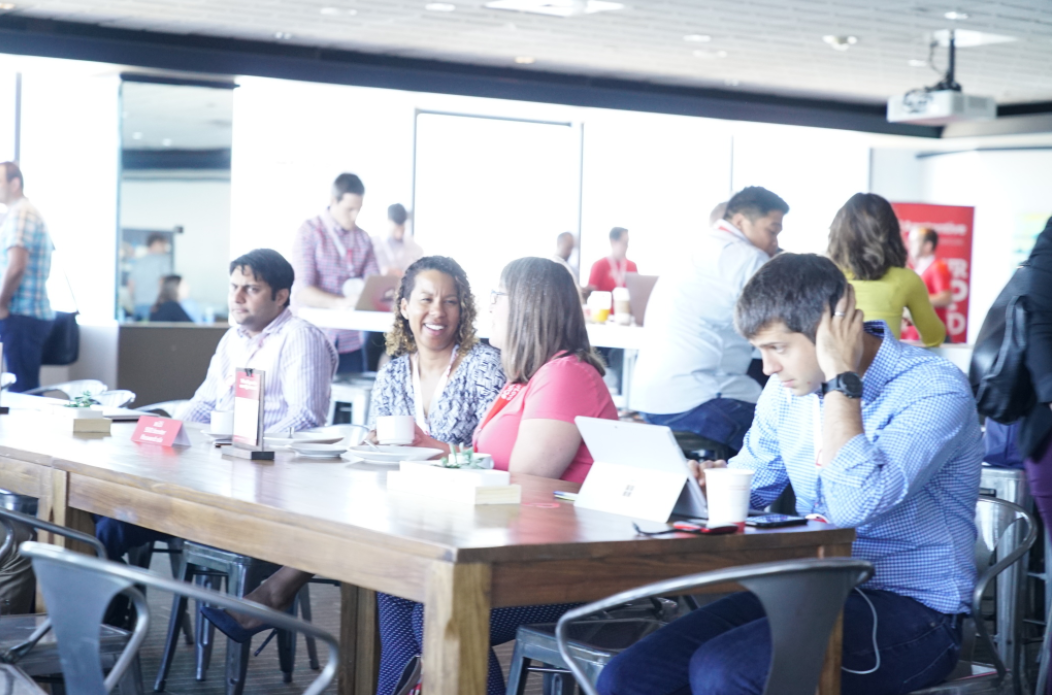
In the words of Microsoft’s Darren Austin, “people will use your product in ways you don’t expect.” Watch your users actually using your app, because “customers will surprise you” according to Ryan Bruels of Starbucks. This is why you should get in front of your clients as much as possible. Data is good, but doesn’t substitute human interaction. Ryan says that “the best way to build a customer-centric app, is to eliminate your assumptions.”
4. Personalization is top-of-mind—for everyone
Terri Monroe-Gordillo of G6 shared a stat that “59% of customers say that personalization influences their shopping decision.” Learning guest preferences and surfacing that data has been critical for her team. She believes you must “show customer loyalty in order to grow customer loyalty.”
A pro tip from Nikisha Reyes-Grange of akaNRG is that your customers need to be coached. While she was at Starbucks, her team built a personalized welcome series to walk customers through the inflection points around their Mobile Order and Pay app component. This increased new user monetization by 40%! Their marketing team would also target users who were getting stuck and push specific tips to them to help coach them in the right direction.
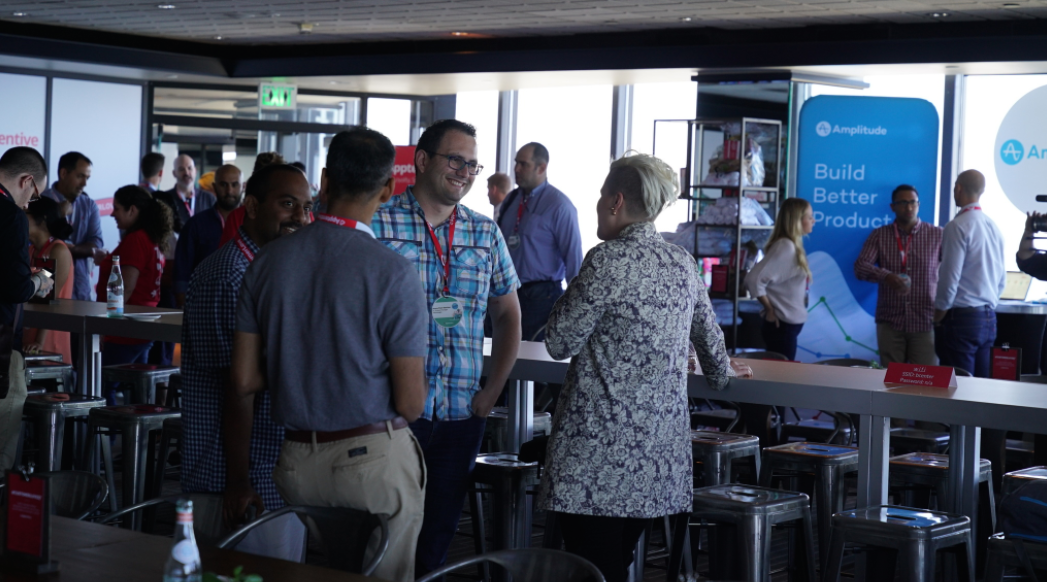
Both Concur and Starbucks face personalization on a global scale. Ryan Bruels of Starbucks shared “we have to pay attention to cultural nuance—how different countries think about their morning coffee.” And Courtney Steffy of Concur said “we have to look at every market differently,” when talking about personalizing their app in 15 different languages.
Gilt takes personalization to a new level. According to Sophia Huang, Gilt has a “Personalization Lab” to help them put customers at the center of their mobile experience. This has led to innovation such as creating an iMessage app for customers to interact directly with stylists.
The Gap and Lilly Pulitzer also shared their strategies for taking a long-term, personal approach.
5. Define what “loyalty” looks like to your business as early as possible
What we learned at the Customer Love Summit, is that loyalty looks very different depending on your business.
For Lilly Pulitzer, 70% of revenue is driven by their top 10% of customers. They choose to use their mobile app as a pseudo loyalty program. They use it to provide unique special experiences for their VIP customers.
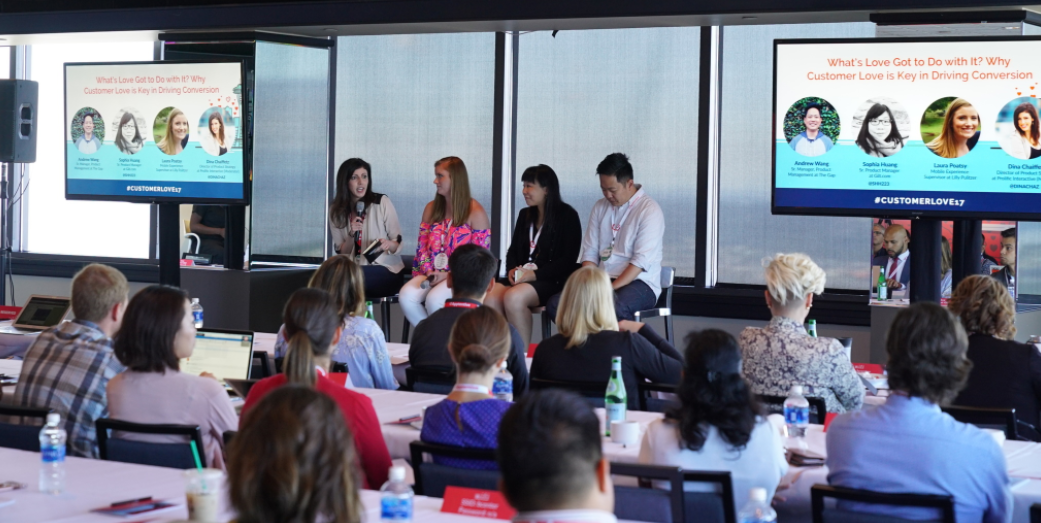
The Gilt Group builds loyalty through exclusivity and personalization. VIP customers get access to trunk shows or exclusive sales. Relationship-driven sales drives loyalty better than any other approach.
For Starbucks, loyalty starts with their partners (employees) and includes a seamless mobile app and in-store experiences (which is easier said than done).
Loyalty at Nordstrom is a high-touch approach. However in their mobile app, they give the customer the option to have a high or low touch experience. This means if they want to reserve and pick up in store, they can select whether they want an associate to recommend additional items or if they simply want to pick up the item they selected.
6. There is no value without customers
It can be tempting to build on the latest cool technology or ship a white labeled app in two months to say you have an app, or create the licensing deal to bump this quarter’s earnings. We learned from Zillow, JCPenney, and Disney that it is imperative to think about customer value before thinking of short term rewards.
Sara Buzak of Zillow is often the first to try new technology like creating an Apple Watch app, however to keep them focused on their north star, they always ask, “”Does this create value for the customer? How can this improve the customer experience?” This helps them prioritize which technology to leverage and how to innovate.
For JCPenney, the team was congratulated for shipping an app in just months. They could check the box that they had an app. However, when James Meeks joined the mobile product org, he quickly realized this was not an app that customers loved. He implemented feedback mechanisms (yep, Alchemer Mobile (formerly Apptentive) helped him out!), and realized the customer experience was lacking. He used the feedback to learn what customers wanted and build a beautifully designed app that solved customer needs. This approach took longer yes, but ultimately drive greater ROI and customer value.
In the words of Tony Zito of Disney’s Freeform, “Today’s quick fix invariably makes tomorrow’s problem bigger. Beware of strategic and technical debt.” In other words, don’t stop at the local maxima, search for longer-term value. Don’t settle for an unloveable customer experience. Get creative in thinking of how to drive revenue AND customer value. Listen to your customers. Optimize for lifetime value. Flank the problem. Be patient, but resolute.
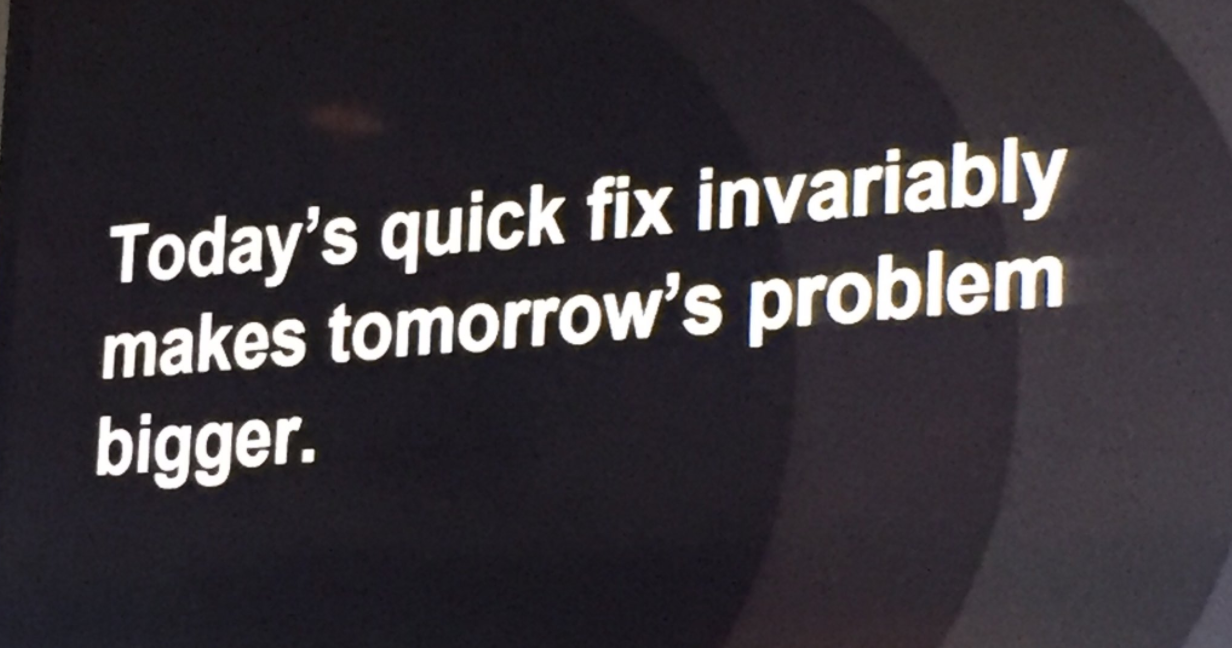
7. The team, the team, the team
Many of our speakers echoed the words of the legendary Michigan coach Bo Schembechler’s 1983 speech when he said “No man is more important than the team, no coach is more important than the team. The team, the team, the team!”
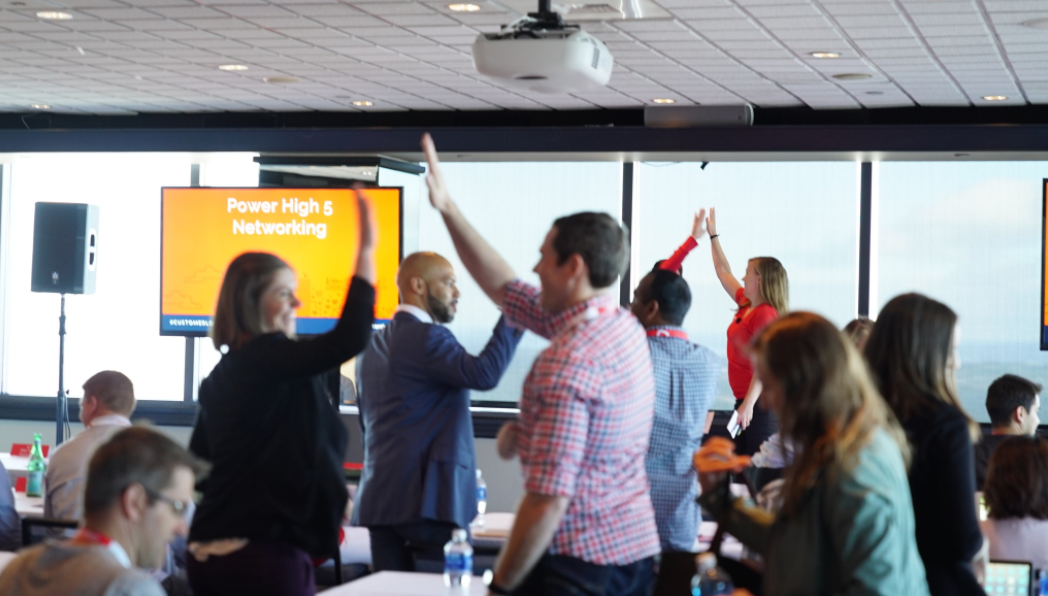
A major theme from the Nordstrom/Starbucks panel was cross-team collaboration. Engineering, Marketing, and Customer Service must work together to delight the customer. This means that that both companies have to balance the speed innovating around the digital experience and their culture of connecting with customers. To get it right, empathy and understanding is critical across teams.
Francis Brown of Alaska Airlines share why great customer experience starts with great frontline employees. At times those great experiences happen in spite of the tools available to employees, not because of the tools available to them, which is why his team made the case for investing in the internal app and investing in employee feedback. Francis believes that “if you spend time with employees, you can learn so much from them about how people interact with your customers. Francis’ shared how using design-thinking, agile development, and open dialogue between users and product people to create apps that employees love, which then translates to building an airline that customers love.
To recap
We learned so much from our first Customer Love Summit, and my hope is that the takeaways covered in this post help enable action and improvement within your teams, no matter where your starting point is. Listening to and engaging with mobile customers to gain their trust and loyalty is more important than ever before.
To close with one final thought from our conference, I’ll leave you with this: Differentiation + empathy + ease + personalization + customer understanding = sales conversion. It might seem simple, but as you can see above, the biggest brands in the world continue to iterate on their strategies with the goal of getting closer to this point.
To all who attended our summit, thank you. Thank you to the speakers and attendees who made the day so special, and thank you to the Alchemer Mobile (formerly Apptentive) team for pulling off an incredible first event. We can’t wait for 2018—stay tuned for our save the date soon!

